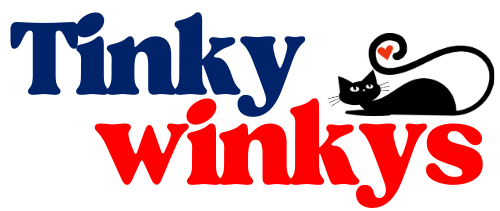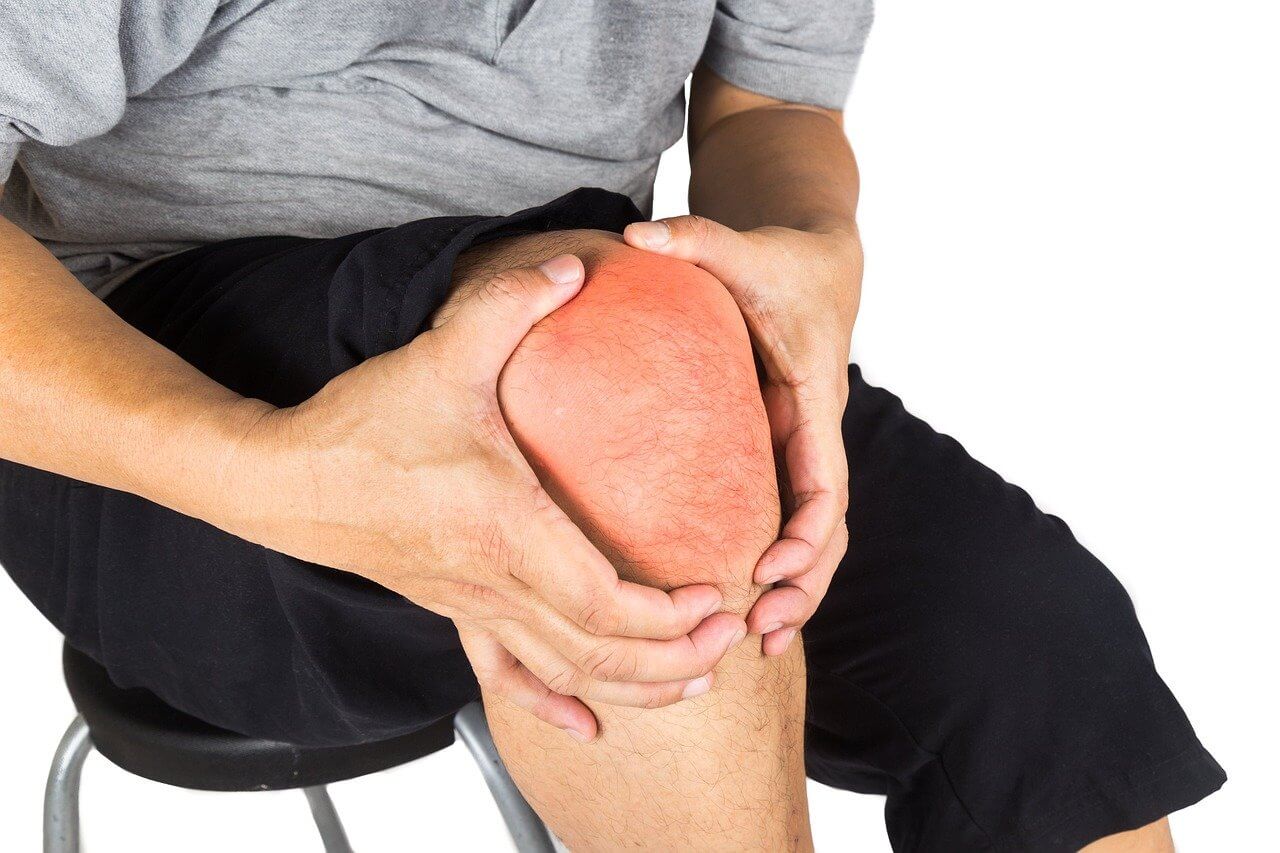Achy muscles, also referred to as myalgia, are a typical disorder that affects people from all backgrounds and ages. It is caused by a range of causes, such as excessive use, injury, tension, stress, or other medical ailments.
Whatever the reason, the pain in muscles can be debilitating and has a significant impact on the quality of one’s life. In this extensive guide, we examine various treatments and pain relief methods to ease muscular pain while improving your general well-being.
Massage, ice treatments, heating therapy, and prescription painkillers are a few methods for managing pain that may help ease acute episodes of back pain. Other options to ensure a sustained recovery and improved mobility include chiropractic and physical therapy.
Aspadol 200 Tablet is a drug that people take to ease acute pain that ranges from moderate to severe. Apart from fever, headaches, colds, period pain, and toothaches, it can also be utilized to treat other dental problems. If all other remedies for pain are not working, this drug effectively reduces discomfort.
Natural and self-management remedies for pain in the musculoskeletal system
What are non-pharmacological options for managing muscle soreness? For some relief and to return to your mobility, you can explore a range of effective remedies that you can do at home or in conjunction with prescription medicines.
If you’ve suffered a shoulder injury but don’t believe it’s serious enough to warrant a visit to a doctor or a hospital, the first thing to do at home to treat your aching muscles is to use RICE. The acronym RICE means the following: rest, ice, elevation, and compression.
The Pain-O-Soma 500 mg Tablet is a relaxant for muscles that assists with inflammation, edema, and stiffness in muscles of the skeletal system. To make it function, it must block the brain chemical that is the cause of the symptoms. Improved muscular performance is possible because of the reduction of muscle spasm or stiffness.
Identifying the Root Cause
Before you can begin exploring treatments, it’s essential to pinpoint the root of the muscle’s discomfort. This could require an exhaustive examination by a medical professional and may include a physical exam as well as diagnostic tests, such as imaging studies or blood tests.
Finding out the source of your discomfort is crucial in determining a suitable treatment plan that meets the specific needs of your body.
Lifestyle Modifications for Muscle Pain Relief
Proper Ergonomics
Maintaining a healthy position and proper body mechanics will help reduce tension and strain on muscles. If you’re at your desk, lifting large objects, or participating in physical activities, keeping your posture in good shape is essential to reduce the possibility of muscle strain.
Regular Exercise
Engaging in regular physical activities will help to build muscles, increase flexibility, and lower the likelihood of sustaining injuries. Integrating cardio exercises, strength training, and stretching exercises into your routine could help improve the overall health of your muscles and reduce muscle discomfort.
Stress Management
Stress can cause muscle tension and can exacerbate existing discomfort. Implementing techniques for managing stress, like meditation and Yoga, breathing techniques, and deep and progressive relaxation, could assist in reducing tension and promoting relaxation throughout the body.
Medical Interventions for Muscle Pain Relief
Over-the-Counter Pain Medications
Nonsteroidal anti-inflammatory medications (NSAIDs) like ibuprofen or acetaminophen are able to lessen inflammation and pain caused by muscle pain. They are easily accessible over the counter and may help temporarily relieve moderate to mild muscular pain.
Prescription Medications
If you are suffering from severe or ongoing muscle pain, your physician may prescribe stronger pain medication or muscle relaxants to alleviate the symptoms. These drugs should be administered under the supervision of a medical professional. They may cause adverse reactions as well as interactions with different medicines.
Physical Therapy
Physical therapy is an effective method of treating muscle pain, particularly when it is due to an injury or underlying condition. Physical therapists can design an exercise program that is customized to enhance flexibility and strength in addition to providing manual therapies to relieve discomfort and speed up healing.
Alternative Therapies for Muscle Pain Management
Massage Therapy
Massage therapy can ease tension in muscles, increase circulation, and encourage relaxation. Many different techniques of massage, including Swedish massage, deep tissue massage, and trigger point therapies, are beneficial in relieving muscular pain and improving overall health.
Acupuncture
Acupuncture is a classic Chinese treatment method that involves inserting needles in specific areas of the body in order to speed up healing and reduce discomfort. Many people find acupuncture to be beneficial in managing muscular pain; however, it is necessary to conduct more research to understand the mechanisms of action.
Heat and Cold Therapy
Applying cold or heat to the affected area can aid in reducing inflammation, reducing the pain, and accelerating healing. The use of heat therapy, like using a heating pad or taking a warm bath, can ease muscle tension and increase circulation.
In contrast, cold therapy, for example, applying a cold compress or an ice pack, helps reduce swelling and soothe pain-prone regions.
Massage
Massage can help in relaxing tight muscles and encouraging relaxation, especially in the case of exercise that is too intense. If back, shoulder, or neck discomfort is present, it is a great way to relax. Also, it’s a fantastic opportunity to relax and enjoy some relaxation time.
Meditation practice that involves mindfulnes
The majority of pain is psychological. The feeling of pain can be intensified by anxiety and focus on the intensity of the discomfort. The pain can be controlled through mindfulness, and remaining in the present while paying attention to the present, instead of focusing on future situations.
Extension
The strain on muscles caused by taut, pulled muscles due to overtraining can be averted by stretching and keeping muscles loose.
Warming band
Heating is an effective instrument for relieving muscle pain (hello, the hot bottle of water). Heat patches can be a simple method to take along with you everywhere you travel.
Conclusion
Pain in the muscles is a very common ailment that can greatly impact your everyday life. By identifying the underlying cause of pain and adopting the right treatment strategies and techniques for pain relief, you can manage your pain and enhance your quality of life overall.
Through lifestyle changes, medical treatments, or alternative treatments, there are many solutions to ease the pain of muscles and encourage the healing process.





